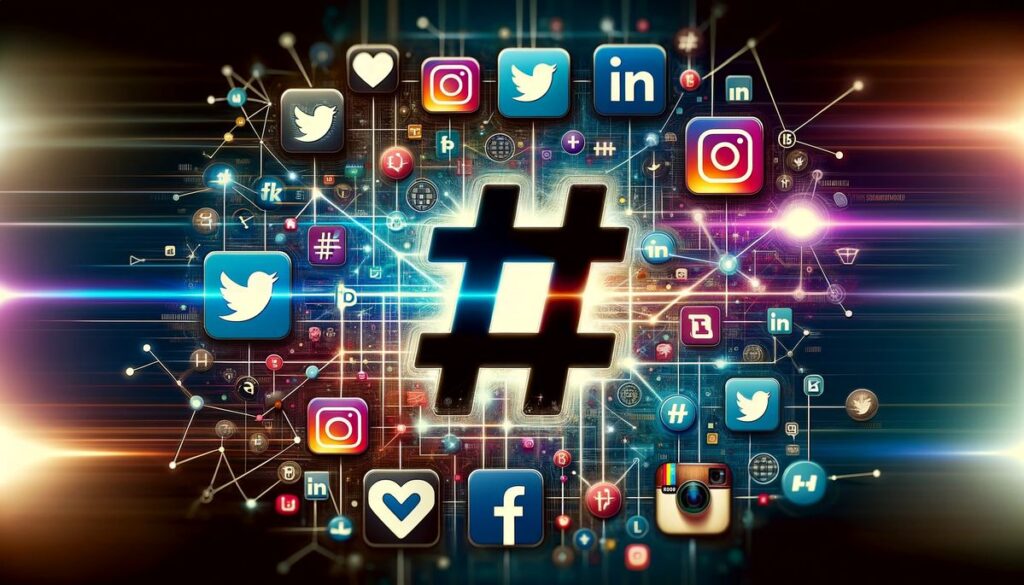The creator economy is undergoing a seismic shift. No longer solely dependent on brand deals or ad views, creators are increasingly turning to subscription-based social media to build stable, direct income. This evolution matters: when fans pay $5 or $10 a month for exclusive access, creators gain recurring revenue, and platforms gain higher-value communities. In this article, I examine how subscription-based social models are emerging, why they matter for creator income, what the broader implications are for platforms and audiences and how both creators and brands should adapt to this new terrain.

What is subscription-based social media, and why now?
Defining the model
Subscription-based social media refers to platforms or features where creators offer exclusive content, communities, or perks to paying members or subscribers. Unlike traditional ad-supported models (views → ad impressions → revenue share), this model flips the equation: fans pay directly, giving creators predictable income and often stronger ties to their audience. Platforms such as Patreon (which allows creators to build membership tiers) and Substack (for paid newsletters) exemplify the model.
Why the timing is right
Several trends converged to accelerate this model:
- The global creator economy is booming estimates place its value between US$190 billion and US$250 billion in 2025, with growth continuing.
- Platform-driven ad revenue is saturating; for long-tail creators especially, ad dollars are unpredictable.
- Audiences are hungry for community, exclusivity and authenticity, and are willing to pay a modest recurring fee for it.
- Creators are seeking more control over their business model and less dependency on algorithm shifts or changes in ad policy.
- Platforms themselves are pivoting: e.g., paywalls, subscriptions, tips and memberships are increasingly baked in.
In short, the ingredients are ripe: creators, platforms and audiences aligned for subscription-based social models to thrive.
How subscription models impact creator income
Recurring revenue and reduced volatility
One of the strongest benefits of subscriptions is predictability. Instead of chasing viral posts or brand deals that come in fits and starts, creators can build a base of paying members. According to one report, top creators are increasingly using “paid communities & subscriptions” as part of their income mix.
For example: “You don’t need a huge audience, just 100-300 loyal followers can generate $500 to $2,000/month.” That kind of monthly revenue, scaled over 12 months, gives creators a path to sustainable business rather than sporadic windfalls.
Diversification of income streams
Subscription models don’t replace brand deals they complement them. The most successful creators in 2025 combine multiple income streams: brand sponsorships, affiliate revenue, digital products, ad revenue and membership/subscription income. According to a breakdown of top-earning creators: brand deals represent ~35% of income, affiliate ~20%, digital products ~15%, UGC ~10–15%, ad revenue ~10% and paid communities/subscriptions ~5–10%.
Thus, subscription income adds a foundational layer of steady revenue, onto which other streams can be layered.
Stronger creator-fan relationship
Subscription models often require deeper engagement: exclusive content, Q&A sessions, behind-the-scenes access, dedicated community spaces. That strengthens the bond between creator and subscriber—which in turn tends to increase retention and lifetime value of a subscriber.
Moreover, when fans pay, they care more. That can mean higher quality feedback, greater loyalty and more predictable revenue over time. Many creators argue that this “fan funding” model shifts power away from advertisers and algorithms toward the creator-community axis.
Platform economics & creator-friendly payout models
Platforms facilitating subscription models are adjusting accordingly. For example, Patreon charges creators a commission (8-12%) excluding payment processing fees. Meanwhile, platforms like OnlyFans (although known for adult content) show how subscription plus tips plus add-ons can generate high payouts. Their creators reportedly keep ~80% of revenue.
These shifts indicate that subscription economics can be more favourable to creators than ad-based models where platforms take larger shares or impose opaque algorithms.
Real-world case studies
Independent journalism via Substack
The newsletter platform Substack allows writers to monetize directly via subscriptions. In early 2025, Substack reached 5 million paid subscriptions, representing a major shift in how written content is monetized. Creators who previously depended on media outlets or ad-driven models can now build independent income through paying readers.
Micro-creators finding niche success
Although mega-stars capture headlines, many smaller creators are finding traction via paid communities. One analysis noted that with just 100-300 loyal subscribers, a creator can generate $500-2,000/month. This means that you don’t need millions of followers—just a focused niche and a paying community.
Platform concentration and inequality
While subscriptions widen opportunity, they also reflect existing power laws. A recent working paper found that creator earnings (across platforms) follow a “power law” distribution: a small number of creators capture the majority of income. For platforms, that means the “super-creators” still dominate—but subscription models may give more mid-tier creators a chance.
Challenges and risks
Subscriber fatigue & churn
Subscriptions only work if creators deliver value continuously. If content stagnates or community perks decline, churn (subscriber cancellations) becomes a risk. Creators need to treat subscriptions like a product: plan releases, engage the community, and retain.
Platform risk and gatekeeping
Even subscription platforms can change terms, commission rates or algorithms. Creators still depend on platform policies though perhaps less than in strictly ad-based models. Also, creators are at risk of being locked into a platform or losing control of their subscriber list unless they build “owned” audiences (email lists, Discord, etc.).
Audience size vs. monetisation potential
Many creators still struggle to convert free followers into paying subscribers. For example, on OnlyFans a study found that only ~4.2% of subscribers pay, and most creators earn very little. That underscores that the subscription model is not a magic bullet—it still demands strategy, niche, and value proposition.
Global and regional considerations
Subscription willingness may vary across geographies due to purchasing power, payment methods and cultural norms. For a global audience, creators should tailor pricing and value offers accordingly.
Strategic recommendations for creators
Choose the right niche and value offer
Focus on a niche where you can consistently deliver exclusive, high-value content. It might be deep industry insight, behind-the-scenes access, masterclasses or community events. A subscription requires something different than your free content.
Build an owned audience
Relying purely on a platform (Instagram, TikTok, etc.) is risky. Use those channels to funnel followers to an “owned” list (email, Discord, Telegram) where you can promote your subscription offering regularly.
Experiment with pricing and tiers
Offer multiple tiers (e.g., $5/month basic access, $20/month premium access with 1-on-1 chats or live Q&A). Test what your audience will pay and what content drives retention.
Deliver value and engage community
Retention is as important as acquisition. Engage your members: run live events, chat threads, member polls. Make subscribers feel part of an exclusive club.
Maintain diversified income streams
Don’t put all eggs in the subscription basket. Keep brand deals, affiliate links, digital products, free content (for funneling) and other streams active. The strongest creators in 2025 combine subscription income with other monetisation forms.
Implications for brands and platforms
Brands need to rethink creator partnerships
For brands, creators with subscription-based communities may offer deeper engagement, higher trust and more loyal fans than one-off sponsored posts. Brands should explore creator partnerships that include access to the creator’s paid community (with consent) or co-branded subscriptions.
Platforms must support creator autonomy
Platforms that enable creator-driven subscription models and provide transparent revenue sharing stand to win. As the working paper indicates, the more equitable the platform’s economics and algorithms, the more sustainable the creator ecosystem becomes.
Media business models are changing
Traditional media outlets should take note: subscription models are not limited to big media houses. Individual creators and micro-communities are monetising directly. This puts pressure on legacy media to adapt their monetisation models.
Outlook: What comes next?
The growth of subscription-based social models is far from done. Analysts project the creator economy will reach US$500 billion or more in the coming years.
Some future developments to watch:
- Platforms will roll out more integrated subscription tools (live streams, gated chats, community features).
- Hybrid models will proliferate: free content funneling to paid tiers, micro-subscriptions, tokenised membership.
- More global adoption: as payment infrastructure improves in emerging markets, creators outside the US/UK will tap subscription revenue.
- Rise of creator-owned business models: creators will launch their own apps, communities and subscription ecosystems.
- Data and analytics will help creators optimise churn, retention and subscriber lifetime value.
Conclusion
Subscription-based social media is becoming a cornerstone of creator income. It offers the promise of recurring, community-driven revenue that reduces reliance on volatile ad models. But it is not a silver bullet: success demands strategy, value delivery and audience cultivation. For creators, brands and platforms alike, this model represents an opportunity to rewire how content, community and commerce intersect. The time to act is now for those who build smart, engaged subscription models today will lead the creator economy of tomorrow.



